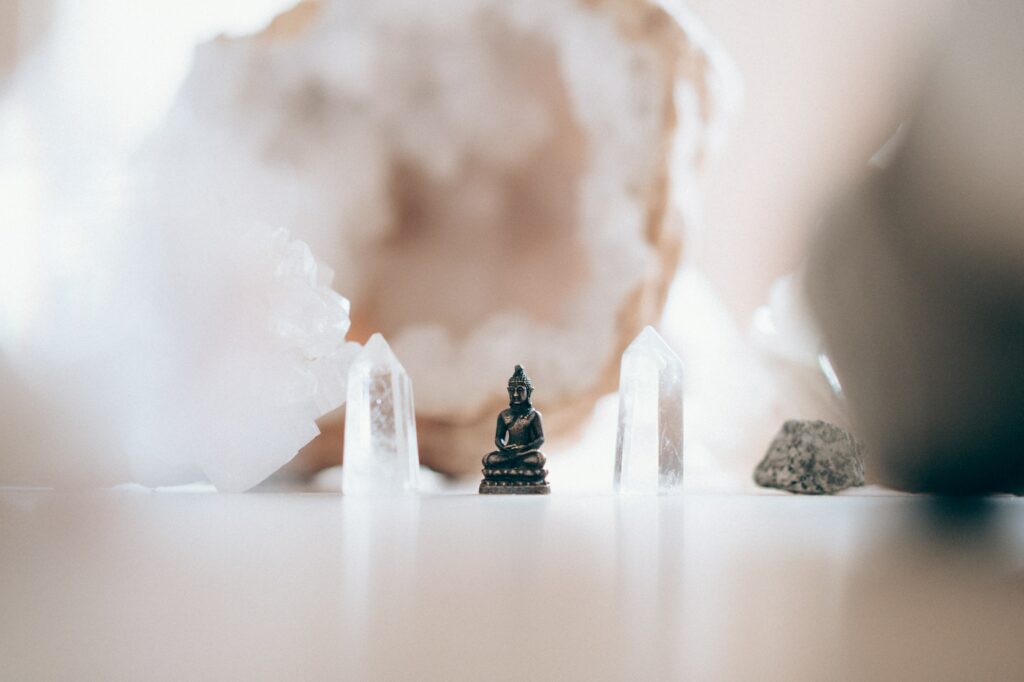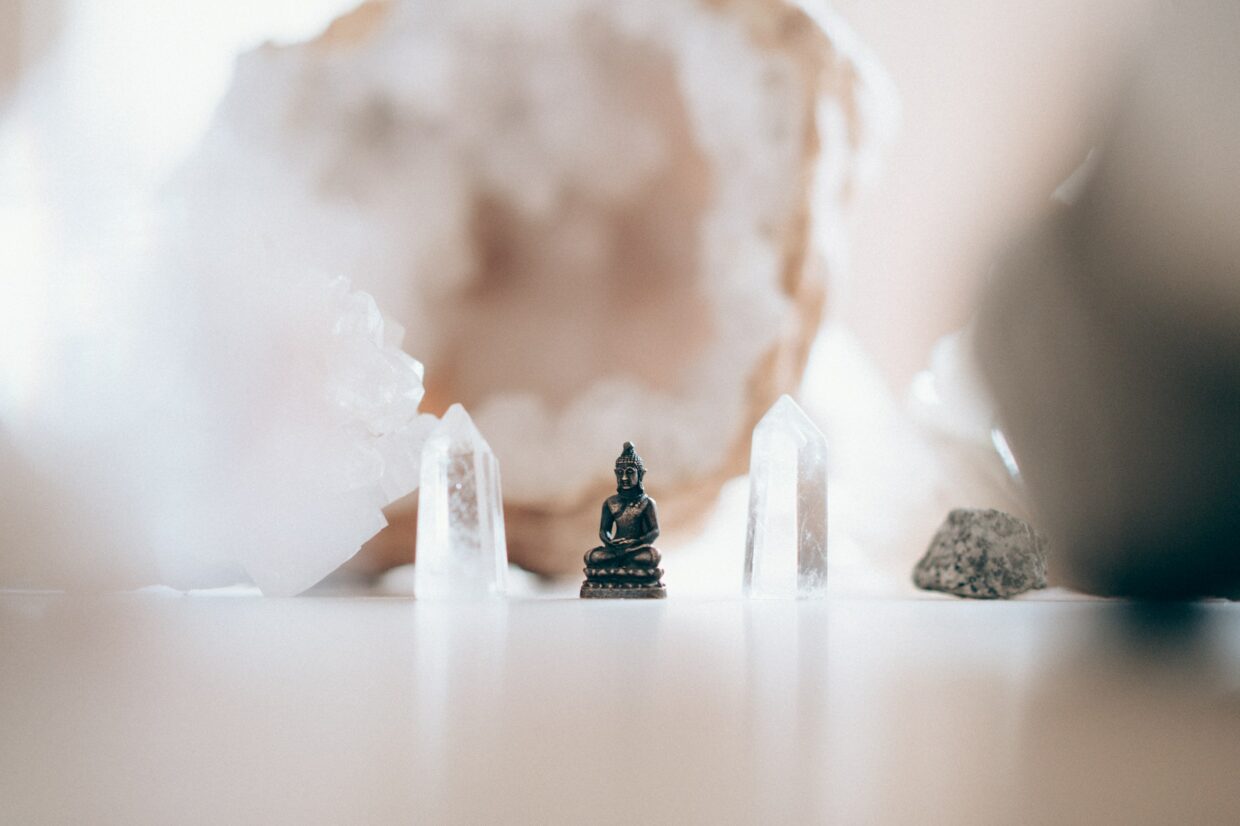
What Meditation Really Is…
A lot of people are thrown off by yoga because they think that if you practice yoga, you must also meditate and become uncomfortable with that idea. Until I started this inquiry project, I also believed that the two were relatively the same and there was no “casual” version of yoga, but of course I’ve come to learn that is completely wrong! While yoga and meditation are known to come as a pair and many people practice both, you are not required to tap into your spirituality and meditate in order to practice yoga. Meditation is a complex process that is difficult to define, but it’s mostly about connecting the body and mind through mindfulness, relaxation and reflection. While meditation in commonly associated with religion and spirituality, that’s not totally true because anyone can practice and benefit from meditation! If you are practicing yoga and meditation together, you are likely focused on the mindfulness aspect of meditation, as you are trying to connect the body and mind, and “drown” out the irrelevant stimuli that surrounds you. It doesn’t necessarily mean that you are trying to connect with your inner spirit or a higher power; you are simply trying to relax and clear your mind from distraction! It’s certainly not as serious or intimidating as it may seem!
Information from “A Beginners Guide to Meditation” on Yoga Journal.
Different Meditation Techniques:
- Connecting to Sound: Sound is one of the more common forms of meditation, where you try to focus on a certain sound around you and defocus on everything else. Common sounds include humming, soft music or sounds from nature (such as the ocean or the wind) but there are no limitations. Whatever sound helps you relax and isn’t over stimulating!
- Imagery/Visualization: Another common practice that involves focusing on a specific image in your head (usually with your eyes closed), without letting other thoughts or images interrupt. Once again, there are no limitations to what you choose to visualize!
- “Gazing”: For me this one is a bit challenging, but it involves staring at one specific object with your eyes fully or partially open. Again, no limitations on the object, whatever is relaxing to you!
- Focusing on Breathing: Breathing is definitely one of the most well-known techniques, where you focus on the sound, rhythm and feeling of your own breathing (usually with your eyes closed)! You are not meant to change your breathing or make it consistent, but observe and appreciate your natural way of breathing.
- Focusing on Physical Sensations: For this one you simply focus on a feeling that is present in or on your body, whether that be comfort or discomfort. This method is thought to be more challenging to focus on, so it’s common to use sound or imagery to quiet the mind!
Information from “A Beginners Guide to Meditation” on Yoga Journal.
The Benefits of Meditation:
To practice meditation is to practice relaxation, mindfulness, self-reflection and so much more! Over time, meditation is a great way to deal with stress and connect with your inner self, both of which help with your overall mental health state and emotional well-being. By decreasing stress, it can also help us focus and be more present in the moment around others and with ourselves! While I’m certainly not going to commit with daily practice, I want to attempt to meditate at least once a week and track how it makes me feel!
Fun fact, when practiced correctly, yoga can actually calm brain waves and lower your rate of breathing, sweating and decrease “metabolic waste” in the bloodstream!
Information from “A Beginners Guide to Meditation” on Yoga Journal and “5 Health Benefits of Daily Meditation According to Science” on Positive Psychology.
My First Attempt at Meditation:
For my first attempt at meditation, I decided to use the “connecting to sound” method by listening to a recording of ocean waves! I started out with only five minutes because it is definitely quite difficult sit still and quiet my mind for long periods of time, but the use of sound certainly helps a lot! I’m looking forward to trying out the “focusing on breathing” method next, so I’ll likely include an update in my next inquiry post!
Below is a HeadSpace video that provides a perfect summarization if you wish to introduce meditation to your children or elementary school students (I’d say grade 3-5)!
Sources:
- Beginners Guide to Meditation: https://www.yogajournal.com/meditation/how-to-meditate/let-s-meditate/
- 5 Health Benefits of Daily Meditation: https://positivepsychology.com/benefits-of-meditation/
- “Changing Perspective” by HeadSpace: https://www.youtube.com/watch?v=iN6g2mr0p3Q


Joanna Lake November 22, 2021
You have created an excellent resource Kalea! If you are comfortable, consider offering it to your classmates or posting on Twitter.
nhamilton November 22, 2021
Hey!
I too often connected yoga with the love of meditation until I read your blog post! This is an amazing resource. Great job!
– Natalie